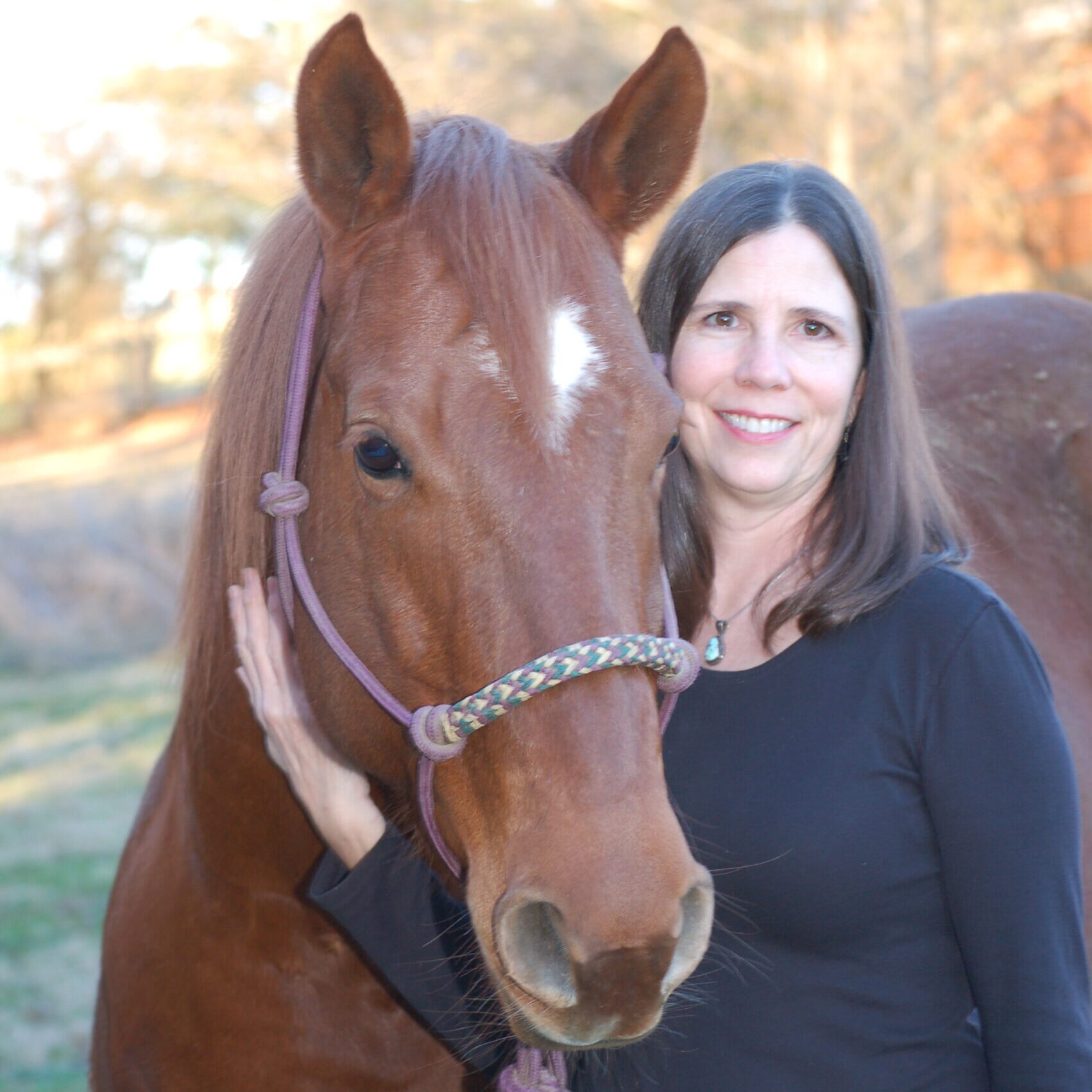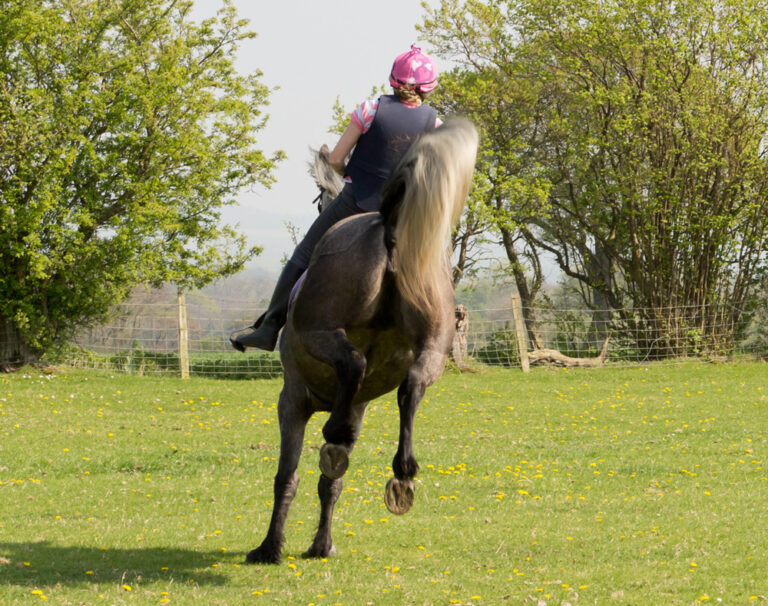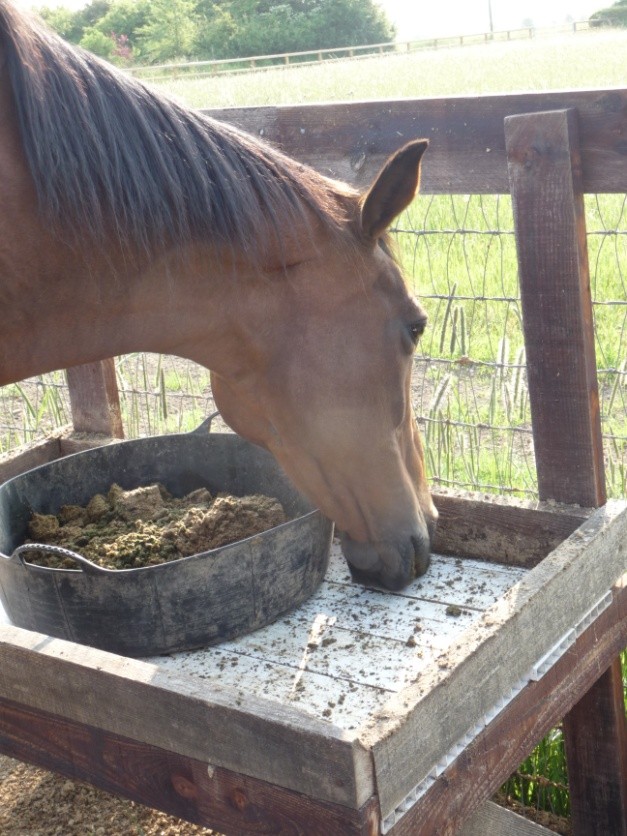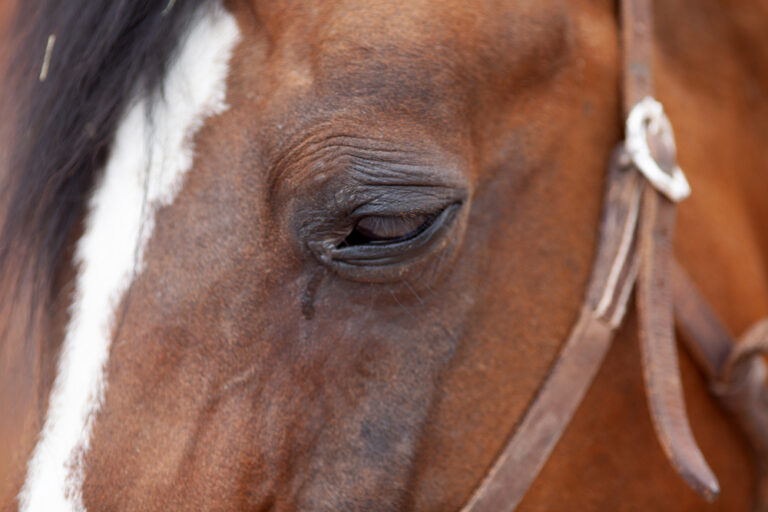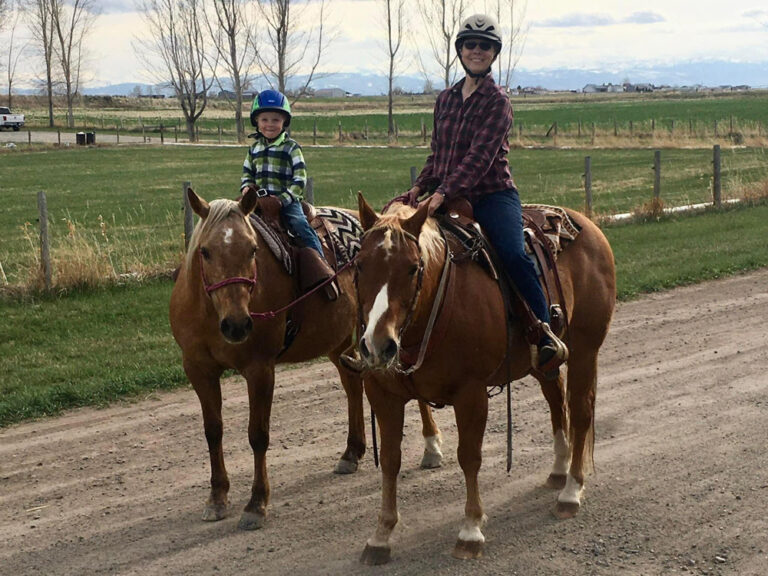We asked the experts at Animal Arts architecture firm how to add hot water to a horse barn. What would be required to add a hot water heater to a barn so there could be warm water in the barn year-round? How can you do this in in a very cold climate so pipes wouldn’t freeze.
Hot Water Tips from Animal Arts
This is a good question and one that no doubt many barn owners face. Barns are tricky. Spaces need to be kept warm in order to prevent pipes from freezing. However, it’s not really recommended that barns be kept too warm (i.e., over 55-60 degrees F or 12.8-15.6 degrees C). Too-warm barns can be hard on the horses to go in and out. It’s better to keep barns a little cool so horses stay acclimated during the winter.
The main issue for adding hot water is that barns don’t have crawl spaces. Therefore, the water line needs to come into the barn in a deep trench that is below frost depth for your area. The water line needs to get a little way into the barn—at least a few feet—then come up through the soil and the floor of a heated room.
In other words, you need the barn’s thermal protection before the water line starts to come vertical. If you come up right by the outside wall, the line will freeze. This freeze can occur under the soil as well as above it.
Once the water line comes up into the barn, be sure to leave it exposed and not bury it in the wall. That allows any heat “stored” in the barn or in the room to keep the water pipe warmer.
Where to Place the Hot Water Heater
Be strategic about where a water heater is placed. Most people will place them in a heated tack room.
If there are any sections of pipe that for whatever reason are near an outside wall, they need to have foam insulation placed behind them. It also would be a good idea to wrap the pipe with a high-quality electric heating cable. But it’s best to avoid this situation if possible.
Final Words
The bottom line is that you’ll have to dig a big trench a few feet into your barn from the outside in order to bring hot water to the barn. It will have to be deep enough to keep it from freezing in your area. It might be a little costly, but doing it right will pay off when you have hot water in your barn year-round.
For more information on horse facility building and structures, check with Animal Arts.
Further Reading
Adding Heat To Your Barn’s Tack Room. MySeniorHorse.com
-
Kimberly S. Brown is an award-winning writer and publisher. She is the Editorial Director for My Senior Horse. Brown spent 10 years at Equine Network, parent company of My Senior Horse. Prior to that she worked for three years in equine nutrition after she retired from nearly 30 years working at The Blood-Horse. Brown spent the last 15 years of her time at that organization creating and developing The Horse and TheHorse.com.View all posts


